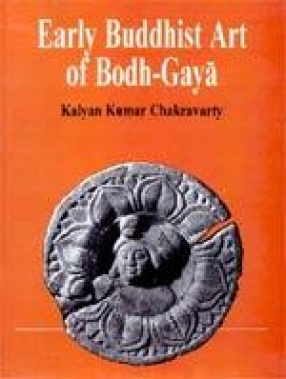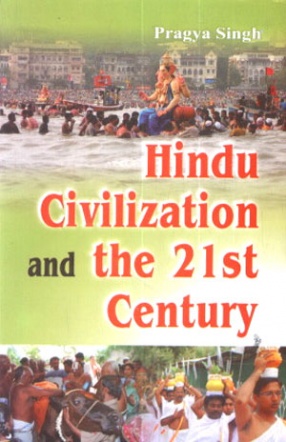Early Buddhist Art of Bodh-Gaya is an exercise in hermeneutic reconstruction of the text and context of the first century BC railing sculptures from the site, where the Buddha had attained enlightenment in the sixth century BC and where the diamond throne of the Buddha survives as a remnant from Asokan days in the third century BC. It investigates and corrects the subjective intellectual bias in a century and a half of writing of Bodh-Gaya, redirects attention from coins, inscriptions, motifs, patterns, teleological, religious or iconological theories to the style of objects; and uses the Bodh-Gaya railing sculptures, together with sculptures from other sites, to explain the entire evolution of early Buddhist Art in North India from the second century to the first century BC. In the process, it recapitulates and rectifies the nineteenth century archaeology of Cunningham, translates and critically interprets, for the first time, several seminal analyses in French by the twentieth century scholars like Coomaraswamy, Combaz, Hackin, Stern and Benisti; and retrieves from oblivion, the outstanding contribution of early Bodh-Gaya railing sculptures to the formation of the vocabulary of Indian Art.
Early Buddhist Art of Bodh-Gaya
In stock
Free & Quick Delivery Worldwide
reviews
Bibliographic information
Title
Early Buddhist Art of Bodh-Gaya
Author
Edition
1st ed.
Publisher
ISBN
8121507235
Length
xv+70p., Figures; Plates; Bibliography; Index.
Subjects





There are no reviews yet.